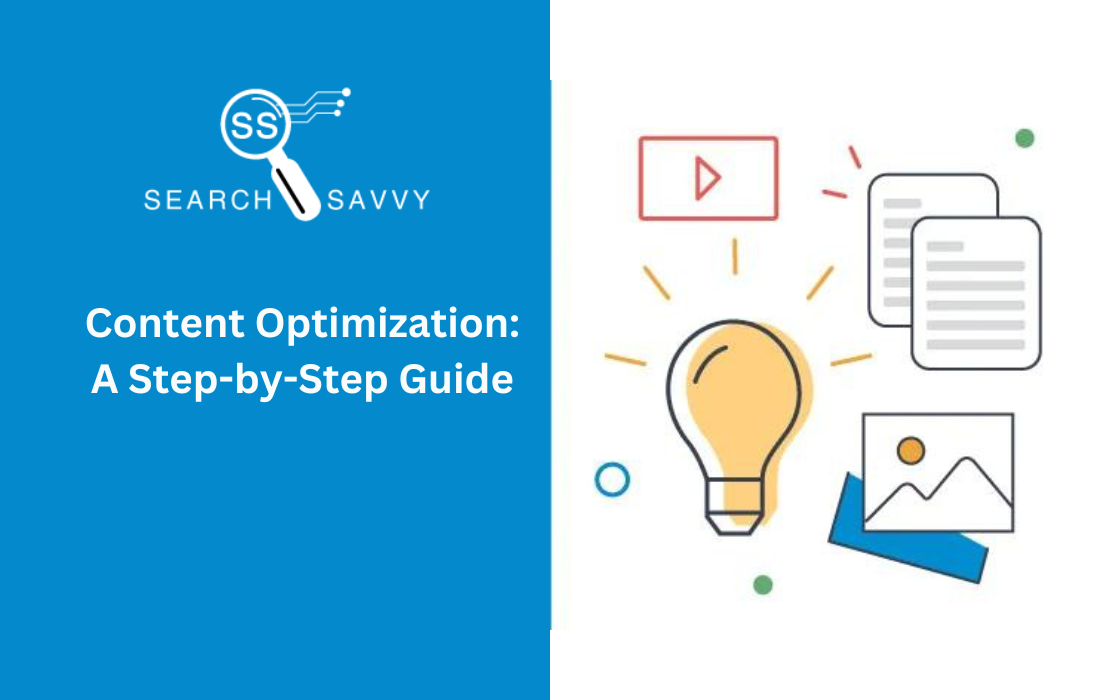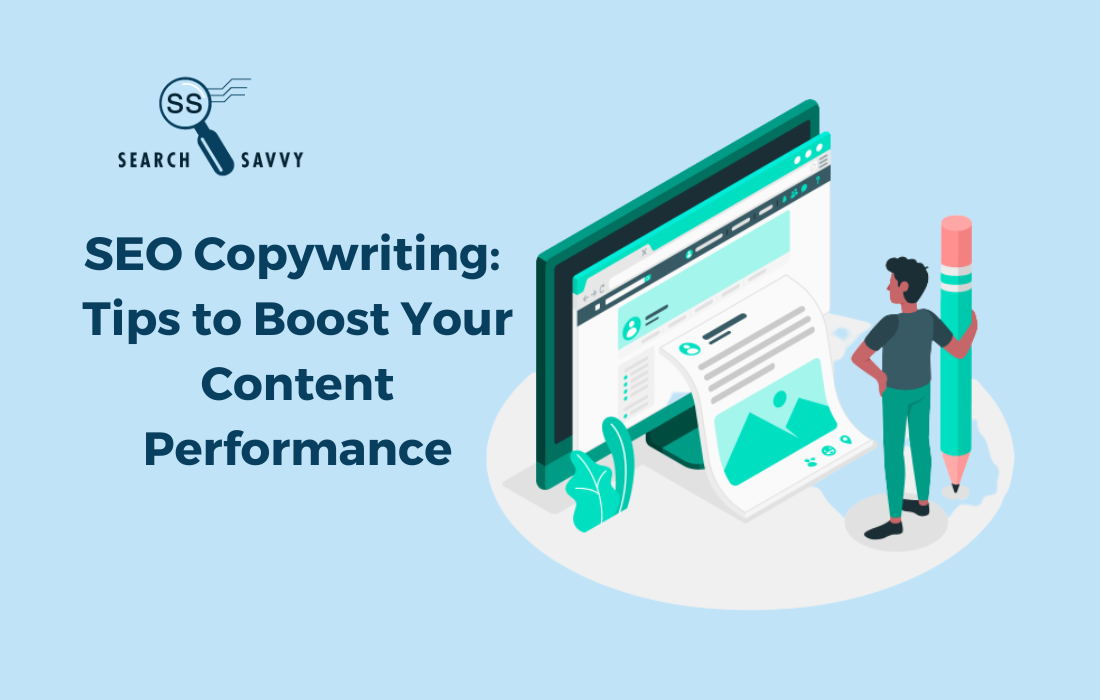In today’s digital landscape, simply creating content isn’t enough. With millions of new articles being published every day, standing out requires more than just great writing. To achieve visibility on Google, your content must be SEO-optimized. But what does it mean to create SEO-optimized content, and how can you ensure it ranks well?
SEO-optimized content goes beyond keywords. It involves using strategies that appeal to both search engines and your audience. In this blog post, we’ll explore how to create SEO-friendly content that not only attracts search engine traffic but also keeps readers engaged. From keyword research to technical SEO considerations, we’ll cover it all.
Understanding SEO-Optimized Content
What is SEO-Optimized Content?
SEO-optimized content is content that is created with the intent to rank well on search engines like Google. It involves making deliberate decisions during the writing, structuring, and publishing phases to ensure the content is easy for search engines to understand and deliver to users. SEO (Search Engine Optimization) focuses on improving the visibility of content by aligning it with search engine algorithms.
Key Elements of SEO-Optimized Content:
- Keyword Research: Finding the right keywords and phrases your target audience is searching for.
- On-Page SEO: Optimizing the structure of your content, such as headings, images, and meta tags.
- User Experience: Creating content that is easy to read and provides value to users.
- Technical SEO: Optimizing site speed, mobile-friendliness, and ensuring search engine crawlers can easily index the content.
Steps to Create SEO-Optimized Content
1. Perform Thorough Keyword Research
Why Keyword Research Is Crucial
The foundation of SEO-optimized content starts with keyword research. By identifying the search terms people are actively looking for, you can ensure your content addresses the topics that matter most to your audience. Keyword research provides insights into search volume, competition, and user intent, all of which guide your content strategy.
How to Conduct Keyword Research:
- Use Keyword Tools: Tools like Google Keyword Planner, Ahrefs, and SEMrush help identify the right keywords for your content. Look for keywords with high search volume and low competition.
- Analyze Search Intent: Ensure that the keywords match the searcher’s intent. For instance, if users are searching for “how to create SEO-optimized content,” they likely want a step-by-step guide.
- Long-Tail Keywords: These are longer, more specific keyword phrases that typically have lower competition and higher conversion rates.
Example:
If your main target keyword is “SEO-optimized content,” you might also want to target long-tail keywords like “how to create SEO-optimized content” or “SEO-optimized content tips.”
2. Create Compelling and Structured Content
Why Structure Matters
Search engines value well-structured content because it’s easier for them to crawl and understand. Headers and subheadings help both users and search engines navigate your content.
Content Structuring Tips:
- Use H1 for Your Main Title: This is typically your blog title and helps search engines understand the primary topic.
- Use H2 for Main Sections and H3 for Subsections: Organize your content into clear sections, using H2 for broad topics and H3 for more specific points.
- Short Paragraphs: Break up large chunks of text into digestible paragraphs to improve readability and reduce bounce rates.
- Bullet Points and Lists: These help highlight important information and make your content scannable.
Example:
- H1: How To Create SEO-Optimized Content That Actually Ranks On Google
- H2: Keyword Research: The Foundation of SEO-Optimized Content
- H3: Long-Tail Keywords and Their Importance in SEO
3. Optimize On-Page SEO Elements
Key On-Page SEO Factors:
- Meta Title and Description: Your meta title and description are what users see on the search engine results page (SERP). They should be compelling, concise, and include your target keyword.
- URL Structure: Keep URLs short and include the main keyword for better indexing by Google.
- Internal Linking: Link to other relevant content on your site to improve your SEO performance and guide users through your site.
- Image Optimization: Use descriptive alt text for images and compress them to improve page load speed.
Example:
- Meta Title: How To Create SEO-Optimized Content That Actually Ranks On Google
- Meta Description: Learn how to create SEO-optimized content that ranks on Google with our proven strategies for keyword research, content structure, and on-page SEO.
- URL: www.example.com/seo-optimized-content-guide
4. Write for User Engagement
Why User Engagement Matters
Google’s algorithms prioritize content that engages users. If people spend more time on your page, engage with your content, and share it, Google interprets that as a sign of high-quality content.
Tips for Increasing User Engagement:
- Answer Searcher’s Questions: Focus on providing detailed, accurate, and actionable answers to common questions.
- Use Visuals: Integrate images, infographics, and videos to make your content more engaging.
- Encourage Interaction: Ask readers to comment, share, or follow your brand for more updates.
5. Ensure Mobile-Friendliness and Fast Page Speed
Why Mobile Optimization and Fast Loading Matter
In 2025, mobile optimization is more important than ever. With over 55% of global internet traffic coming from mobile devices (Source: Statista 2025), Google has moved to mobile-first indexing. This means Google primarily uses the mobile version of your content for ranking.
Similarly, page load speed is a ranking factor. Faster pages provide a better user experience, lower bounce rates, and higher rankings.
How to Optimize for Mobile:
- Responsive Design: Ensure your content adapts well to different screen sizes.
- Page Speed: Use tools like Google PageSpeed Insights to test and optimize your page speed by compressing images, reducing scripts, and leveraging caching.
6. Focus on High-Quality, Comprehensive Content
Why Quality Matters
Google rewards content that is comprehensive, informative, and authoritative. High-quality content not only helps improve your rankings but also establishes your brand as an authority in your field.
Tips for Creating High-Quality Content:
- Provide Value: Don’t just write to fill space—ensure your content provides valuable, actionable insights.
- Update Regularly: Content that is regularly updated tends to rank better. Regular updates signal to Google that your content is fresh and relevant.
- Write Long-Form Content: Long-form content (1,500+ words) tends to rank better because it can cover a topic in-depth.
Measuring SEO Success
How to Track SEO Performance:
- Google Analytics: Use Google Analytics to track organic traffic, bounce rates, and conversion rates.
- Google Search Console: Monitor your content’s performance in search results, track impressions, and identify potential issues.
- Rank Tracking Tools: Use tools like Ahrefs and SEMrush to track keyword rankings over time.
Conclusion
Creating SEO-optimized content is not just about inserting a few keywords and hoping for the best. It requires a comprehensive strategy that involves keyword research, structured content, on-page SEO, user engagement, mobile optimization, and quality writing. By following these best practices, you can ensure that your content ranks on Google, attracts organic traffic, and delivers real value to your audience.
Stay up to date with SEO trends and consistently optimize your content for both search engines and users to stay ahead of the competition.




